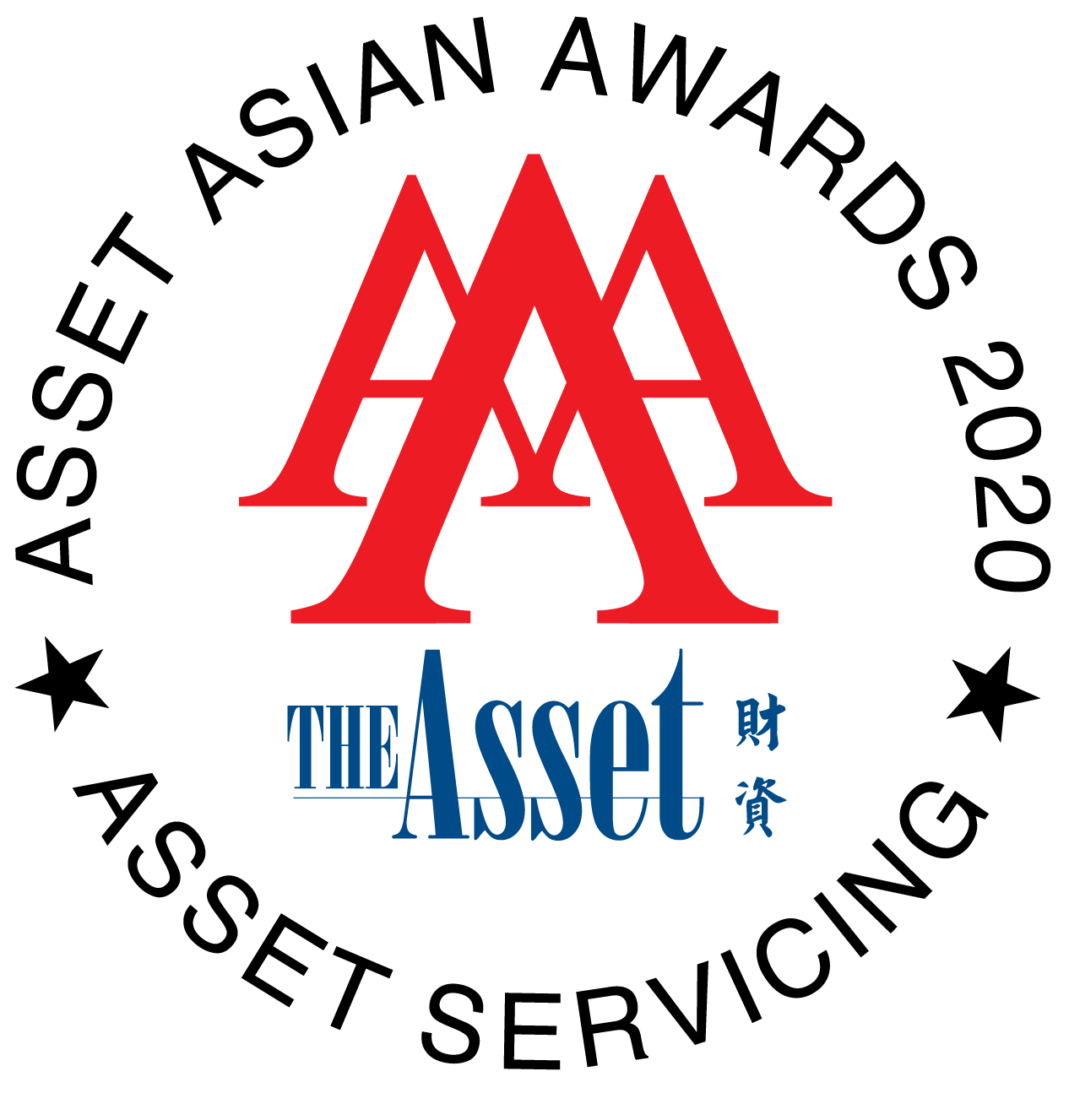
This time last year if you told anyone in the asset servicing community that in the future they wouldn’t be able to meet face-to-face with clients but would have to continue servicing their requirements, while their high-tech servicing platforms were being severely tested, they’d have thought you were crazy.
And yet, this is exactly what happened as asset service providers lived through the first six months of the Covid-19 pandemic. And far from lessening client demands, the pandemic has increased them. But even before the pandemic, client demands were increasing, driving providers in recent years to gear up with automated solutions that helped them prepare for a pandemic without knowing it.
Over the past decade, especially during the period following the 2008/09 financial crisis, the stories the editors of The Asset heard during their regular discussions with asset servicing providers were that of increased spending on technology build-outs (see Cover Story, June 2018, p20). At one point, it did seem like an arms race of sorts as they competed to construct a future of custody services reimagined according to their plans.
Against the current pandemic backdrop, the millions of dollars spent by asset service providers building up their technology capabilities was well-spent as it enabled them to service their clients even with lockdowns and social distancing rules in place. One global custodian executive describes the situation best as “the biggest BCP [business continuity plan] ever”.
And based on extensive feedback from a multitude of clients, asset service providers were able to fulfill their responsibilities, despite the imposition of work-from-home arrangements, without a significant impact on the quality of services.
To be sure, the technology upgrade was needed to facilitate a far more positive phenomenon: the expanding opportunities in the Asia-Pacific region for institutional investors resulting from an increasing affluent population shifting from saving to investing. As well, there is a trend driving global investors to allocate more resources to emerging markets in Asia-Pacific, which has become the world’s fastest-growing region.
In 2019, for example, index inclusion of Chinese stocks and growth of cross-border access schemes into China was top of mind for several intrepid investors. In Q1 2020, 26 new overseas institutional investors registered in the China Interbank Bond Market (CIBM Direct), resulting in a net inflow of 59.7 billion yuan (US$8.45 billion) in foreign holdings, according to data released by the People’s Bank of China on April 5. As of end-March, there were 822 overseas institutional investors registered under this scheme, holding a total of 2.26 trillion yuan.
J.P. Morgan Asset Management portfolio manager Jason Pang sees Chinese bonds as one of the safe havens for global investors. “We’ve been overweight in China local bond exposure since the outbreak of the virus,” he says, noting that the exposure is a long-standing preference.
In Taiwan, asset accumulation is driven by an increasingly large middle-aged population with high average earning and savings rates. However, the lack of suitable investment products at home and their inadequate returns have forced Taiwanese investors to look for cross-border opportunities. Taiwan’s insurers, for example, allocate more than 60% of their total assets, about US$590 billion, to overseas markets, mainly into US Treasuries, agency and corporate bonds.
Then there is the challenge of lower-for-longer interest rates as the pandemic has prompted central banks to lower rates to near zero, if not negative. Investors’ needs now go beyond traditional asset classes. Asset servicing is expanding into alternatives like private equity and infrastructure. Beyond Asia-Pacific, other geographic markets, such as the Middle East and Africa, are catching on and providing a rainbow of opportunities for investors in the years to come.
It is in this context that The Asset Triple A Asset Servicing Awards 2020 announces the winners. Please click here.
The Asset Awards: Cross-border flows drive asset servicing growth in North Asia
The Asset Awards: Cost pressures to add to growing competition in South Asia
For more details about The Asset Awards, please click here.
For more information about receiving the awards, please contact [email protected]









